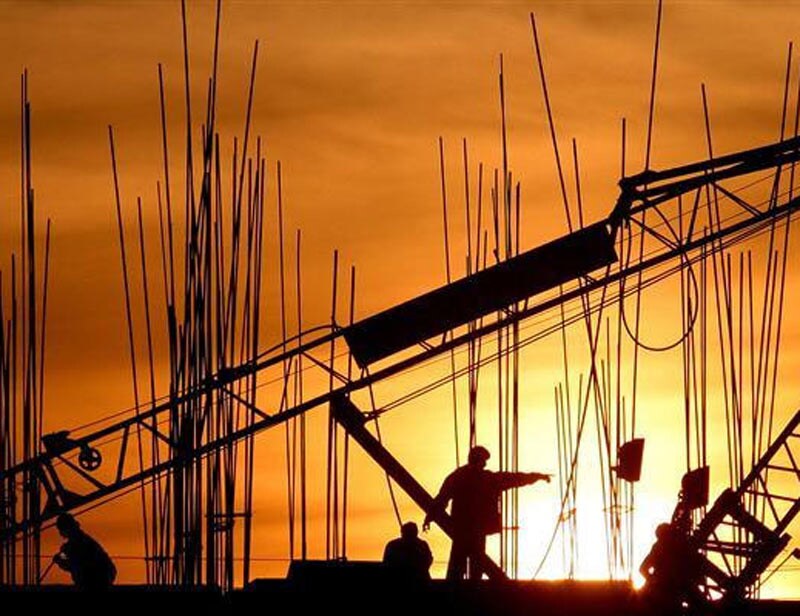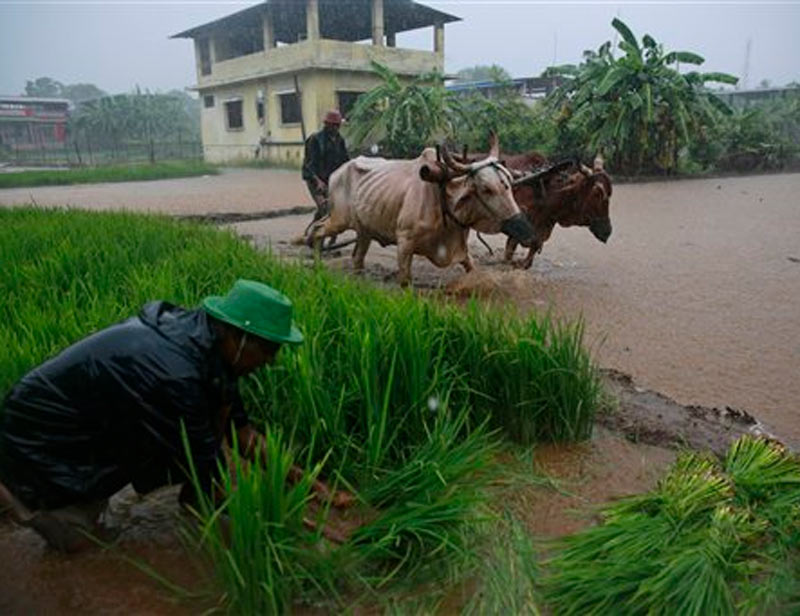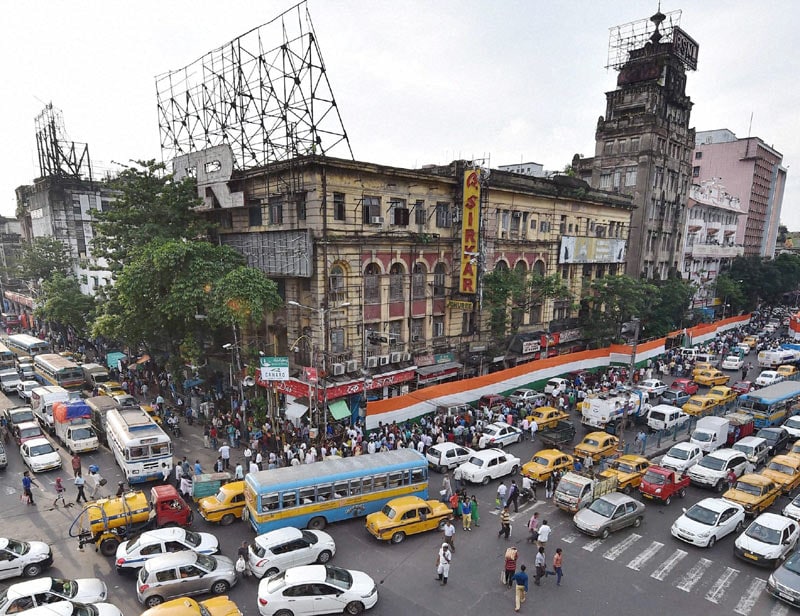-

Real rate and its transmission matters. Disaggregating real rate into its nominal rate and inflation components shows that irrespective of the assumptions taken for both these inputs, it is only the final real rate that matters. India’s real rate of interest is now beginning to trend up – both at the short-end and the long-end of the curve. This is good news for savers in financial products but may not be so for the expected imminent turn in the capital cycle unless lower nominal interest rates percolate down. (AP)
-

Real rates = nominal rates – inflation Real interest rates are defined as the difference between the nominal rates and the inflation prevalent in the economy. An economy, which has a nominal interest rate of say 12% when the inflation is running at 10%, is said to be running a real interest rate of 2%. Economics text books would consider another economy with a 3% nominal rate of interest and 1% inflation to also be running a real interest rate of 2%. (Reuters)
-

We build out a model to show how nominal interest rates and inflation interact We dig deeper to build out a model to see how cash flows in a project would behave under different scenarios. Assumptions that go into building of the model include: (1) the investment in the project is fully financed by debt (this is just to simplify the model and will not impact the conclusions), (2) inflation in the economy being reflected in increased nominal revenues of the project, and (3) the entire cash flow generated from operations being used to pay off the debt. We take the fixed asset turnover ratio as 0.5, EBITDA margin of 50% and a tax rate of 30% (roughly similar to say what the economics of a power plant in India would be). (Reuters)
-

What matters is the real interest rate We build two scenarios of real rates of 2% that we describe above: a ‘high’ scenario of a nominal rate of 12% and inflation of 10% and a ‘low’ scenario of 3% and 1% and detail this out in Exhibit 1. We note that between the two scenarios there is practically no difference in the ability of the project to repay the loan even though the run-down of the debt is marginally higher in the low inflation scenario. However, both take practically the same time to repay their loans fully. (AP)
-

India’s real interest rate is now beginning to look up We trace the trajectory of India’s nominal interest rates, inflation and hence, real rates. Exhibit 2 depict the real interest rate after netting out the CPI inflation from the 10-year G-Sec yield and Exhibit 3 details the real rate after netting out CPI from the weighted average lending rate (WALR) as reported by RBI for all borrowers. In both cases, the real interest rate is now beginning to look up. Exhibit 4 shows that as real interest rates had fallen over the past few years, so had the financial savings by households. A rise in the real interest rate could spark higher financial savings as highlighted in a recent strategy report, ‘Watch it grow, not glow’. (AP)
-

Transmission of a lower nominal interest rate important for capital cycle revival The nominal rates in India tend to remain sticky even as the inflation wobbles around meaningfully. A fall in inflation needs to percolate down into lower nominal interest rates for borrowers. Without such a transmission, a fall in inflation will merely lead to a rise in real interest rates thereby hurting any imminent capital cycle recovery; Exhibit 5 shows that over the last cycle the fall in nominal interest rates was seen only in the housing sector: the interest rates that banks charged other segments remained fairly sticky. A transmission of lower nominal interest rates does have an impact on the revenue growth of the banking system; however, this transmission is critical for capital cycle. (AP)

US visa interview waiver scrapped for kids, senior citizens, foreign workers and students






